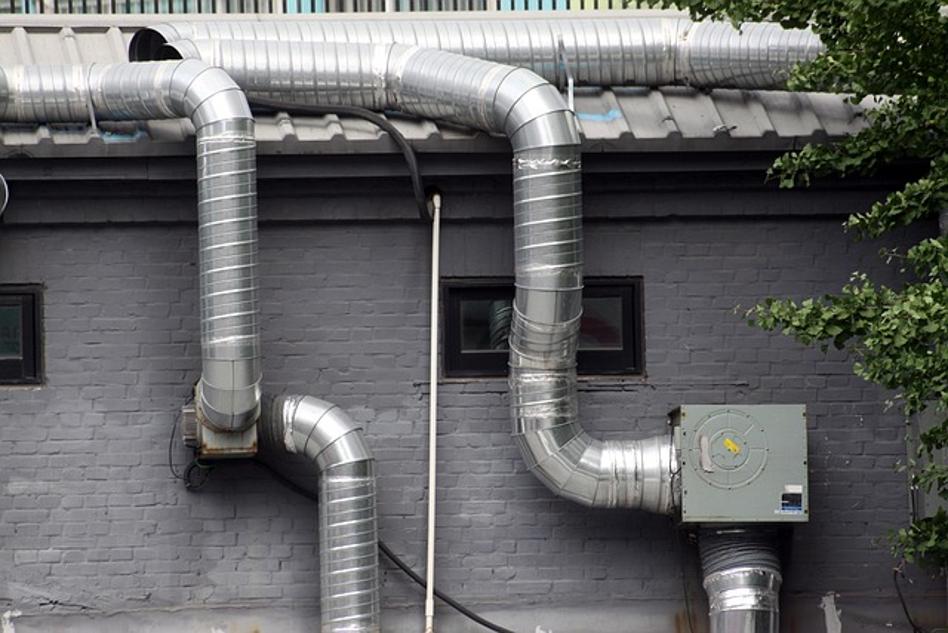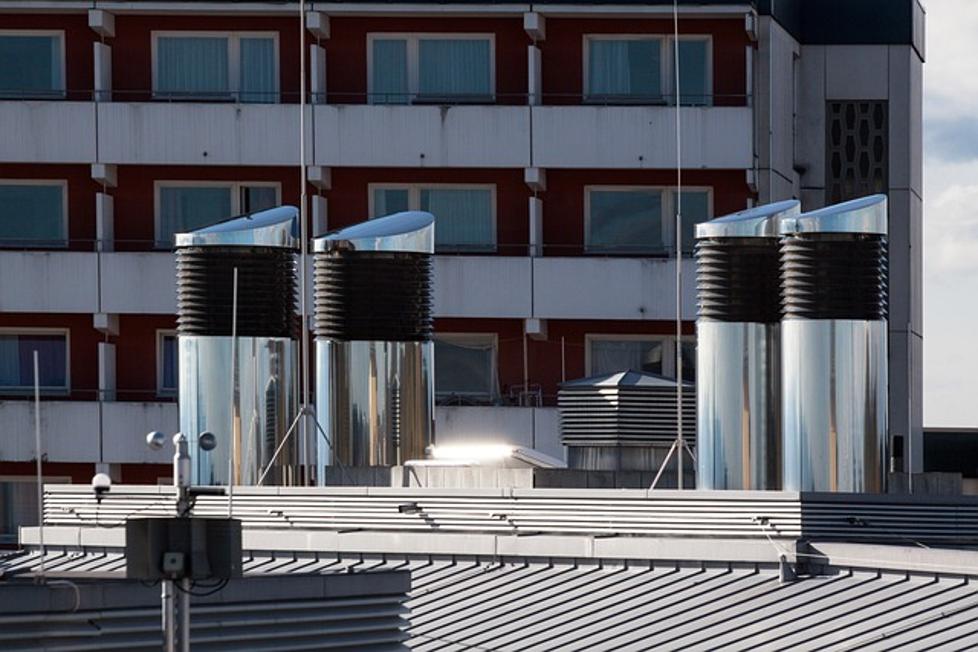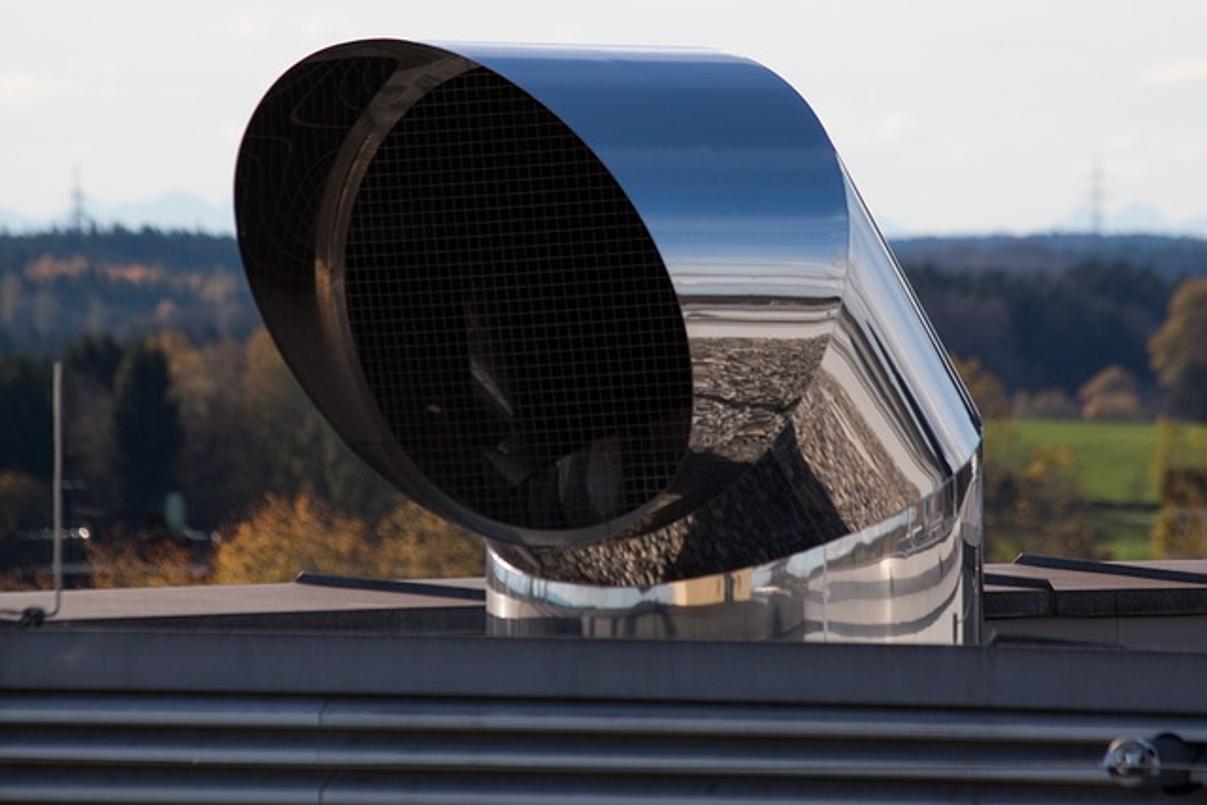Introduction
Cleaning air vents is a crucial but often overlooked aspect of maintaining a healthy home environment. Dirty air vents can lead to poor air quality, which can negatively impact the well-being of the occupants. This guide will walk you through the importance of cleaning air vents, the tools required, and a detailed step-by-step process to ensure your vents are spotless.

Why Clean Air Vents Are Important
Clean air vents play a critical role in maintaining indoor air quality. Dust, allergens, and other contaminants accumulate in the vents over time, contributing to respiratory problems and allergic reactions. Moreover, clean vents ensure better airflow, enhancing the efficiency of your HVAC system. This leads to energy savings and prolongs the lifespan of the system. Therefore, regular cleaning of air vents is essential for a healthier, more efficient home environment.
Tools and Materials Required
Before diving into the cleaning process, gather the necessary tools and materials. You’ll need:
- A screwdriver
- A vacuum cleaner with a hose attachment
- A brush
- Warm soapy water
- A microfiber cloth
- Sanitizing solution
Having these tools at hand will streamline the process and ensure thorough cleaning.

Preparing for Cleaning
Proper preparation is key to effectively cleaning your air vents. Start by turning off your HVAC system to prevent any debris from circulating during the cleaning process. Next, use a screwdriver to remove the vent covers. For safety, place the screws in a small bowl so they don’t get lost. This initial step ensures you can clean without disruptions or accidents.
Step-by-Step Cleaning Process
Removing Vent Covers
Use the screwdriver to carefully remove the vent covers. Place them aside in a designated area. If the covers are particularly dusty, consider laying down a cloth underneath to catch any falling debris. This small step makes the cleaning process smoother and saves time on additional cleanup.
Vacuuming the Air Vents
Attach the hose to your vacuum cleaner and gently vacuum the inside of the air vents. Focus on removing loose dust and larger particles. Move slowly to ensure you capture as much debris as possible. This process helps in the initial removal of contaminants, making the subsequent steps more effective.
Washing and Cleaning Vent Covers
After vacuuming, take the vent covers and soak them in warm soapy water. Use a brush to scrub off grime and dirt, ensuring they are thoroughly cleaned. Rinse the covers with clean water and dry them with a microfiber cloth. This step ensures any buildup on the covers is eliminated, contributing to cleaner air circulation.
Brushing the Inside of Ducts
Next, take your brush and gently scrub the inside of the ducts. Pay extra attention to the corners where dust tends to accumulate. This step dislodges any stubborn particles that the vacuum couldn’t reach. A clean duct interior enhances air quality and system efficiency.
Sanitizing and Deodorizing
To finish, use a sanitizing solution to wipe down the inside of the ducts. This not only kills any lingering bacteria but also helps in deodorizing your vents. Ensure that the solution is safe for use in HVAC systems to avoid any potential damage. This step leaves your vents not only clean but also fresh-smelling and hygienic.

Reassemble and Test
Once everything is clean and dry, reattach the vent covers using the screws you set aside. Turn your HVAC system back on and test to ensure it’s operating smoothly. Check for any unusual noises or airflow issues. This final step confirms that your cleaning was successful and your system is working efficiently.
Maintenance Tips for Clean Air Vents
Regular maintenance can prevent significant buildup of dust and debris. Here are some tips:
- Change your HVAC filter regularly as recommended by the manufacturer.
- Vacuum vent covers and surrounding areas weekly.
- Schedule professional cleaning at least once a year for a thorough inspection and cleaning.
These simple steps keep your vents clean and your air quality high.
Common Mistakes to Avoid
Avoid these common mistakes to ensure your cleaning process is effective:
- Skipping safety measures: Always turn off your HVAC system before cleaning.
- Using harsh chemicals: Use only HVAC-safe cleaning solutions.
- Neglecting regular maintenance: Clean vents periodically to prevent buildup.
A bit of caution goes a long way in ensuring a thorough and effective cleaning process.
Conclusion
Cleaning your air vents is essential for maintaining a healthy and efficient home. By following this comprehensive guide, you ensure that your vents remain clean, promoting better airflow and indoor air quality. Regular maintenance and careful cleaning not only extend the life of your HVAC system but also provide a healthier living environment for you and your family. Make a routine out of it and enjoy the benefits of cleaner, fresher air.
Frequently Asked Questions
How often should you clean air vents?
Air vents should be cleaned every six months to ensure they remain free of dust and debris. However, if you have pets or allergies, more frequent cleaning may be necessary.
What are the signs that air vents need cleaning?
Signs include visible dust on vent covers, unusual noises from the HVAC system, reduced airflow, and an increase in allergy symptoms among household members.
Can dirty air vents affect your health?
Yes, dirty air vents can harbor allergens, mold, and bacteria, leading to respiratory issues, allergies, and other health problems. Regular cleaning helps mitigate these risks.
